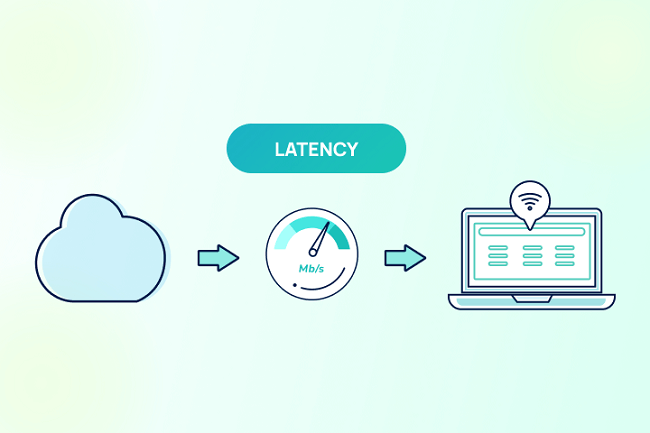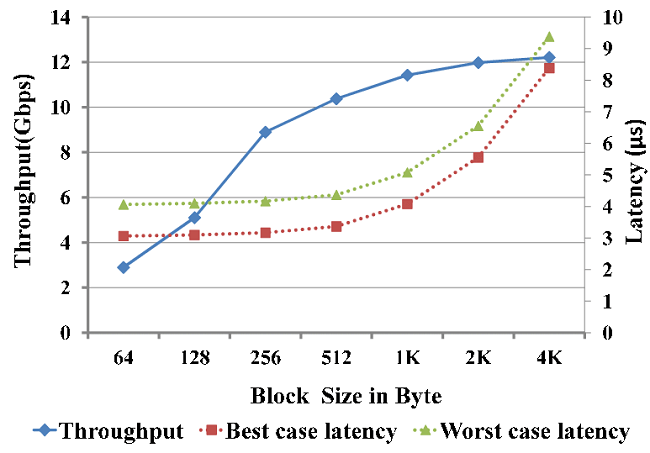Latencymon Crack And DPC Latency Checked Showing 1000
Free Download Latency mon Crack And DPC Latency Checked Showing 1000
Latencymon Crack I recently purchased a gaming Asus B650e-e, 7600x, and two 8GB Kingston DDR5 KF560C40BBK2-16 modules, currently running rx5700xt but have rx6800xt enabled, running Windows 10 pro with fTMPH2, bios 0821 Random stutters/slowdowns when playing games and sometimes to loss of sound. I can play for an hour or two, then stutter and slow down extremely. When the afterburner overlay is running, I can see the frame rate on my CPU, etc., and everything looks normal, but the computer feels like it’s running really slowly.

Stuttering Or Audio:
With TPM disabled in the bios, it works fine, with no stuttering or audio loss, and I can play games for hours, so I think it’s still an AMD issue that hasn’t been fixed in the latest AM5 processors. From what I can see, when searching the internet, it was also a problem with AM4. Is anyone else having the same issue with TfGM activation? Also, the entire line of Asus motherboards for Ryzen 7000 CPUs except for the primary line none of them have the TPM pin header fitted; they all use AMD TfGM, which doesn’t work, causing stuttering and lag/slowdown.
Computer Speakers: Everything:
If you look at other manufacturers like MSI and Gigabyte, they all have TPM sip headers fitted, so if you want to use a replacement TPM and bypass the built-in AMD processor, you can. I feel like this was a big mistake on the part of Asus/AMD. If Asus/AMD never fixes it, where does it leave people wanting to upgrade to Windows 11 who brought in one of these motherboards with a broken TPM? Windows 11 requires TPM 2.0 support. “When I remove my audio interface and run the default sound through my computer speakers, everything goes back to normal—no pops and pops when playing games or watching YouTube videos.
Advice from Focusrite Support:
I find this strange because on my old Toshiba laptop (i5, 8 GB ram) I can run it at 64 mms with no problem, and on my old Asus desktop (i7, 16 GB ram) I can run it at up to 32 mms. I’m a little disappointed with my new HP laptop because it’s new, but it has a DPC latency problem, and my audio interface was working fast on my old laptop and desktop. I’ve tried solving it using the advice from FocusRite support (installing the latest drivers for both the laptop and the audio interface, turning off network adapters, other audio drivers, other devices, configuring USB ports, etc.), but the problem still persists. I have also updated the HP drivers, but the cracks still appear.
Profiles and Memory Clock:
I ran Latency Mon, and the laptop seems to have high DPC latency, which advised me to turn off CPU throttling. But I can’t find it in the bio. How do I fix this, or does anyone on this forum who has also experienced this problem when using the audio interface have a solution? Also, where can I find the CPU limit menu, and is it safe to turn it off? Or should I turn it off while recording and turn it on while playing games? Bios audio issues are actually extremely often related to XMP profiles and memory clocks/timing, and secondary timing is very important—basically all of them.
Multiple Soundcards Latencymon Crack:
Command speed and deactivation of shifting. Your bios may have multiple soundcards or audio, for example, APU and onboard, and other “enable audio” settings that may conflict. Enabling things like the resizable bar and decoding above 4G and PCI Express bandwidth is also important for latency. But often, NVME drives are too crippled and fake. SSDs have the world’s lowest latency. You can save money, and maybe the game will load and run worlds faster with an all-SSD build. simple math. But yeah, when I boot into Windows,.
Depending on Your Audio:
I have to go to the device manager, update the audio driver and look for the AMD high definition driver from the adrenalin settings Unpack in am packages drivers audio HDMI or in L2stereo. It doesn’t matter. sound wire can sound good too, depending on your audio equipment. Then, if your sample rate is too high (384 kHz) or too low (44 kHz), not 48, some apps, games, sync, or rather fake synch, or output methods may have problems with adjusted sample rates. Try global antilog and specify FULLVRRUNLOCKEDVARIABLE or other similar things. Improve sync or disable sync in all your games and vapes.
Screenshots:


Browser and Hardware Latencymon Crack:
sometimes registry settings block your performance. see how to reduce registry latency or trim back some Windows OS bloat by just uninstalling stuff you don’t need or when updating the. Net desktop runtimes, uninstall the default in optional add and remove. Same for Visual C++; get the correct, latest ones from the Microsoft website. use edge browser and hardware acceleration in edge system and performance settings, but also play around with edge flags and consider typos burner-free for a secondary RAM timing database.
Key Features Latencymon Crack:
- Check audio suitability in real-time.
- Simple interface.
- Reporting DPC and ISR execution times.
- Find the drivers and processes responsible for execution.
- Do an in-depth analysis.
System Requirements Latencymon Crack:
- Supported OS: Windows 10, Windows 8.1, and Windows 7.
- CPU: Intel® Pentium 4 or higher; AMD Athlon 64 or higher (900 MHz or higher).
- RAM Memory: 4 GB or more; 8 GB or more is recommended.
- Free hard disk space: 400 MB or more.
- Display: An XGA 1024 x 768 full-color 24-bit or higher 16-bit display is recommended.
How to install Latencymon Crack:
- Download the program
- Disable Windows Defender
- Decompress
- installation
- After extracting, open the installation folder and click on the installation file.
- You can read the article dedicated to the download and installation steps:
CONCLUSION:
Your system is having trouble processing real-time audio and other tasks. Probably yes
there are buffer underflows that show up as dropouts, clicks, or pops. One or more DPC routines that
The driver running on your system seems to be running for too long. At least one detected
The problem is network-related. If you are using a WLAN adapter, you can try disabling it
for better results. One issue may be related to power management: disabling the CPU throttling setting in
Control panels and BIOS settings. Could you check for BIOS updates?